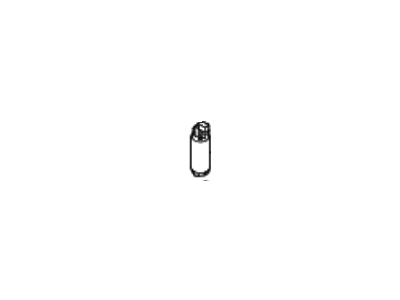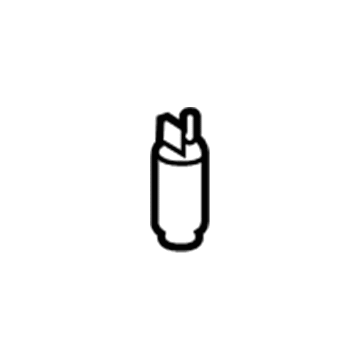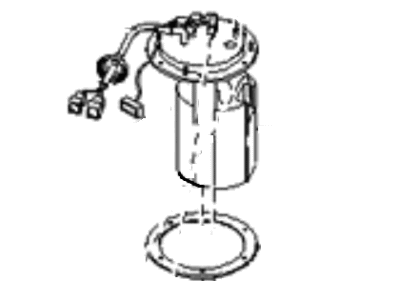×
- Hello
- Login or Register
- Quick Links
- Live Chat
- Track Order
- Parts Availability
- RMA
- Help Center
- Contact Us
- Shop for
- Kia Parts
- Kia Accessories

My Garage
My Account
Cart
Genuine Kia Spectra Fuel Pump
Gas Pump- Select Vehicle by Model
- Select Vehicle by VIN
Select Vehicle by Model
orMake
Model
Year
Select Vehicle by VIN
For the most accurate results, select vehicle by your VIN (Vehicle Identification Number).
3 Fuel Pumps found
Kia Spectra Fuel Pump
Part Number: 311111G500$263.25 MSRP: $370.25You Save: $107.00 (29%)Ships in 1-3 Business DaysKia Spectra Fuel Pump Assembly
Part Number: 311112F500$299.75 MSRP: $431.42You Save: $131.67 (31%)Ships in 1-3 Business DaysKia Spectra Fuel Pump Assembly
Part Number: 0K2DJ1335Z$306.74 MSRP: $431.42You Save: $124.68 (29%)Ships in 1-3 Business Days
Kia Spectra Fuel Pump
If you're in search of top-notch, reasonably priced OEM Kia Spectra Fuel Pump, then you've found the perfect spot. Our website boasts an extensive inventory of Kia Spectra Fuel Pump, all priced at the market's premier price. Rest assured, every genuine part we offer comes with a warranty straight from the manufacturer.
Kia Spectra Fuel Pump Parts Questions & Experts Answers
- Q: How Can I Test the Fuel Pump and Pressure Regulator on Kia Spectra?A:Verify that there is fuel in the Fuel Tank and that the fuel pump actually runs. When turning the ignition switch to ON, a brief whirring noise should emanate for about two seconds as the pump activates and pressurizes the system. For models without a Schrader valve, you'll require a fuel pressure gauge, a tee-fitting, short sections of approved fuel hose, and appropriate hose clamps. After relieving the system fuel pressure, disconnect the cable from the negative battery terminal. On Sephia and Spectra models, locate the fuel filter on the firewall and trace the hose to the Fuel Rail, then disconnect the fuel supply hose. On Sportage models, locate the supply line at the left end of the front fuel rail and trace it back to the threaded fitting below the brake master cylinder. Integrate your fuel pressure gauge between the disconnected fuel supply hose and the fuel rail. After reconnecting the negative battery terminal and turning on the ignition, the gauge should display pressure. For checking the operation of the Fuel Pressure Regulator, monitor the gauge when the vacuum hose from the regulator is disconnected. The pressure should increase by 3 to 10 psi. On models with a Schrader valve, after connecting the fuel pressure gauge to the fuel rail test port, activate the ignition switch and note the pressure on the gauge. If it's low, inspect the fuel supply hose, replace the fuel filter, and subsequently the fuel pump or regulator as needed. If high, replace the regulator. Once testing is completed, ensure the negative battery terminal is reconnected, and start the engine to check for fuel leaks.















